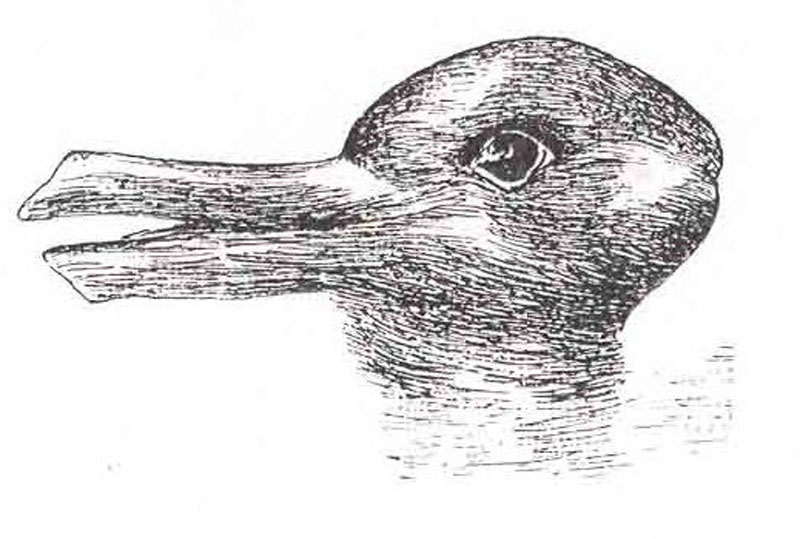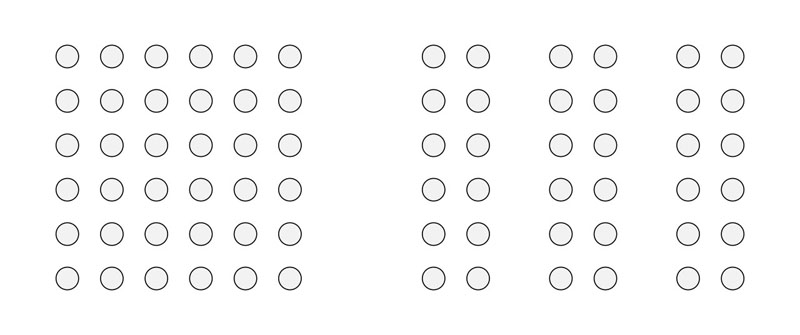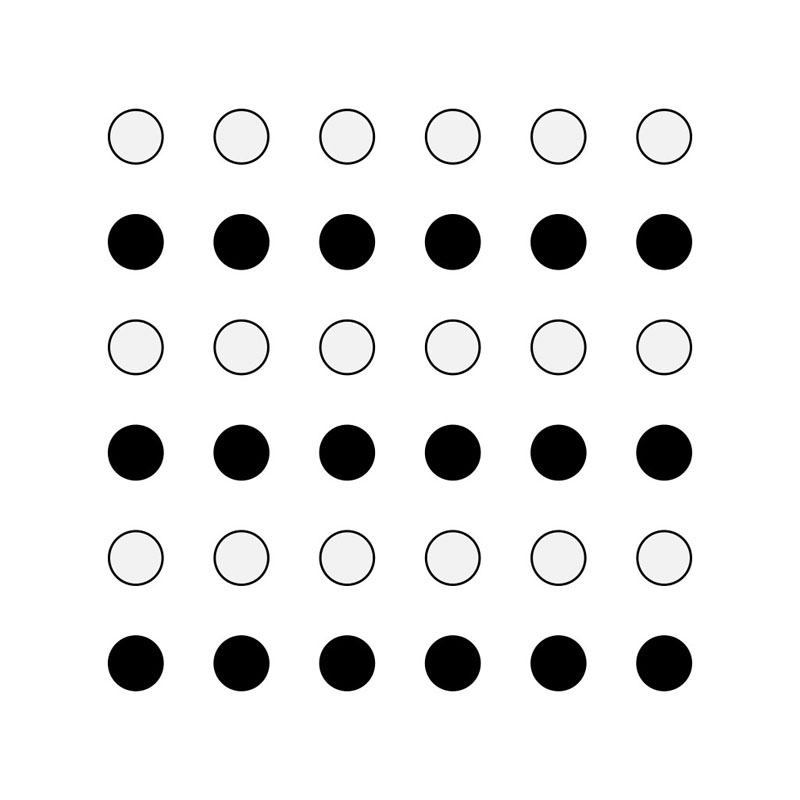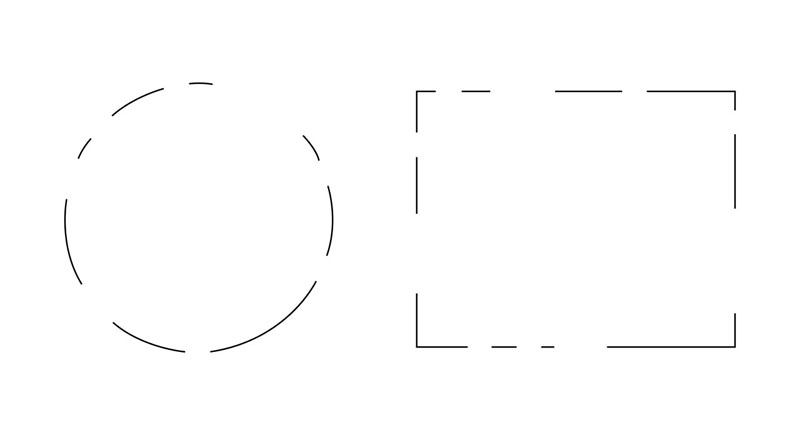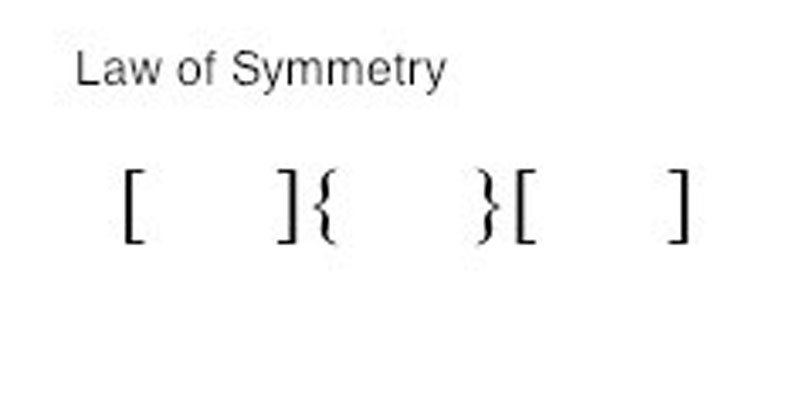Visual Perception and Object Recognition
- Trichromacy is the condition of possessing three independent channels for conveying color information, derived from the three different cone types.
- Opponent process theory states that the human visual system interprets information about color by processing differences between the responses of cones, rather than each type of cone's individual response.
- Depth perception is the visual ability to perceive the world in three dimensions.
- Monocular cues for depth perception include size: distant objects subtend smaller visual angles than near objects, grain, size, and motion parallax.
- Binocular cues for depth perception include stereopsis, eye convergence, disparity, and yielding depth from binocular vision through exploitation of parallax.
- In visual perception with bottom-up processing, the stimuli are recognized by fixation points, proximity and focal areas to build objects.
- In visual perception top-down processing is conceptually driven, context-sensitive, and influenced by our beliefs and expectations.
- Perceptual organization refers to the process of organizing incoming sensations into information which is meaningful.
- Feature detection is a process by which the nervous system sorts or filters natural stimuli in order to extract behaviorally relevant cues that have a high probability of being associated with important objects in their environment.
- Multistable perceptual phenomena are a form of perceptual phenomena in which there are unpredictable sequences of spontaneous subjective changes.
- Face recognition refers to an individual's understanding and interpretation of the face, particularly the human face, especially in relation to the associated information processing in the brain.
- The phi phenomenon is the optical illusion of perceiving a series of still images, when viewed in rapid succession, as continuous motion.
- Change blindness is a perceptual phenomenon that occurs when a change in a visual stimulus is introduced and the observer does not notice it.
- Synesthesia is a neurological phenomenon in which stimulation of one sensory or cognitive pathway leads to automatic, involuntary experiences in a second sensory or cognitive pathway.
- The central principle of gestalt psychology is that the mind forms a global whole with self-organizing tendencies. This principle maintains that when the human mind forms a percept, the whole has a reality of its own, independent of the parts.
- The gestalt principle of proximity states that when an individual perceives an assortment of objects they perceive objects that are close to each other as forming a group.
- The gestalt principle of similarity states that elements within an assortment of objects are perceptually grouped together if they are similar to each other.
- The gestalt principle of closure states that individuals perceive objects such as shapes, letters, pictures, etc., as being whole when they are not complete.
- The gestalt principle of symmetry states that the mind perceives objects as being symmetrical and forming around a center point.
- The gestalt principle of common fate states that objects are perceived as lines that move along the smoothest path.
- The gestalt principle of good continuation states that objects are perceived as wholes even if other objects block part of them.
- The gestalt principle of figure-ground states that objects are perceived with attention focused on the central figure while the background is largely ignored.
- The gestalt principle of Prägnanz explains that elements of objects tend to be perceptually grouped together if they form a pattern that is regular, simple, and orderly. As individuals perceive the world, they eliminate complexity and unfamiliarity.
